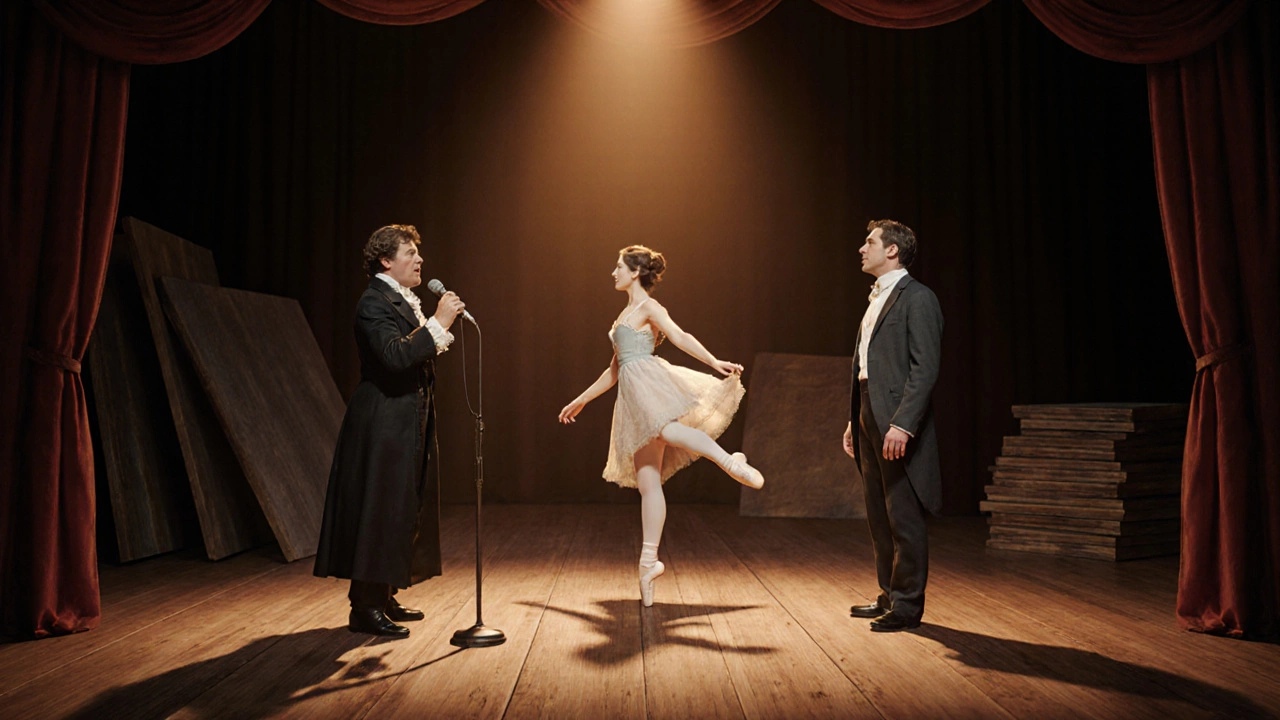Beggar's Opera: From 18th‑Century Satire to Modern Art Inspiration
When exploring
Beggar's Opera,
an English ballad opera that blends satire, popular melodies, and social critique.
Also known as John Gay's Beggar's Opera, it rewrote the rules of theatre by letting ordinary characters mock the elite.
Beggar's Opera still feels fresh because its core idea—using humor to expose power abuse—transcends time. Its original 1728 debut shocked audiences; the witty dialogue and familiar tunes turned the stage into a courtroom for the rich. This blend of music, drama, and biting commentary laid the groundwork for future satirical works across literature, film, and visual art.
Why the Satire Still Matters in Today’s Creative Scene
The spirit of satire, the use of humor, irony, or exaggeration to criticize society lives on in street murals, digital installations, and even oil‑painting techniques that highlight social issues. Artists now reinterpret the opera’s characters through contemporary lenses—think gritty graffiti that swaps 18th‑century thieves for modern corrupt CEOs, or large‑scale canvas works that echo the opera’s chorus with bold impasto.
Relatedly, John Gay, the playwright who penned Beggar's Opera is often cited in modern art criticism as a pioneer of narrative subversion. Critics examine how his blend of high and low culture foreshadows today’s hybrid media pieces, where traditional oil painting meets digital collage. This connection is evident in articles that teach the spatula technique for creating textured, rebellious surfaces, or in guides on choosing the right canvas size to make a statement that’s both visually striking and conceptually sharp.
Finally, contemporary art, art produced in the present era that reflects current ideas and technologies frequently draws from the opera’s structure—alternating scenes of humor and tragedy, mixing popular songs with original scores. Whether an artist brightens a dull oil painting using glazing to mimic the opera’s bright tavern scenes, or a photographer frames a modern portrait that echoes the opera’s character studies, the underlying theme remains: critique the status quo with creative flair.
All these threads—satire’s bite, Gay’s narrative daring, and the limitless possibilities of contemporary art—form a web that ties the 18th‑century stage to today’s studios and streets. Below you’ll find practical guides, technique deep‑dives, and market insights that show exactly how creators are channeling Beggar's Opera into oil paints, canvas choices, sculpture pricing, and even photography projects. Dive in to see how a historic ballad opera continues to spark fresh ideas, fuel artistic rebellion, and shape the way modern makers talk about power, culture, and creativity.
